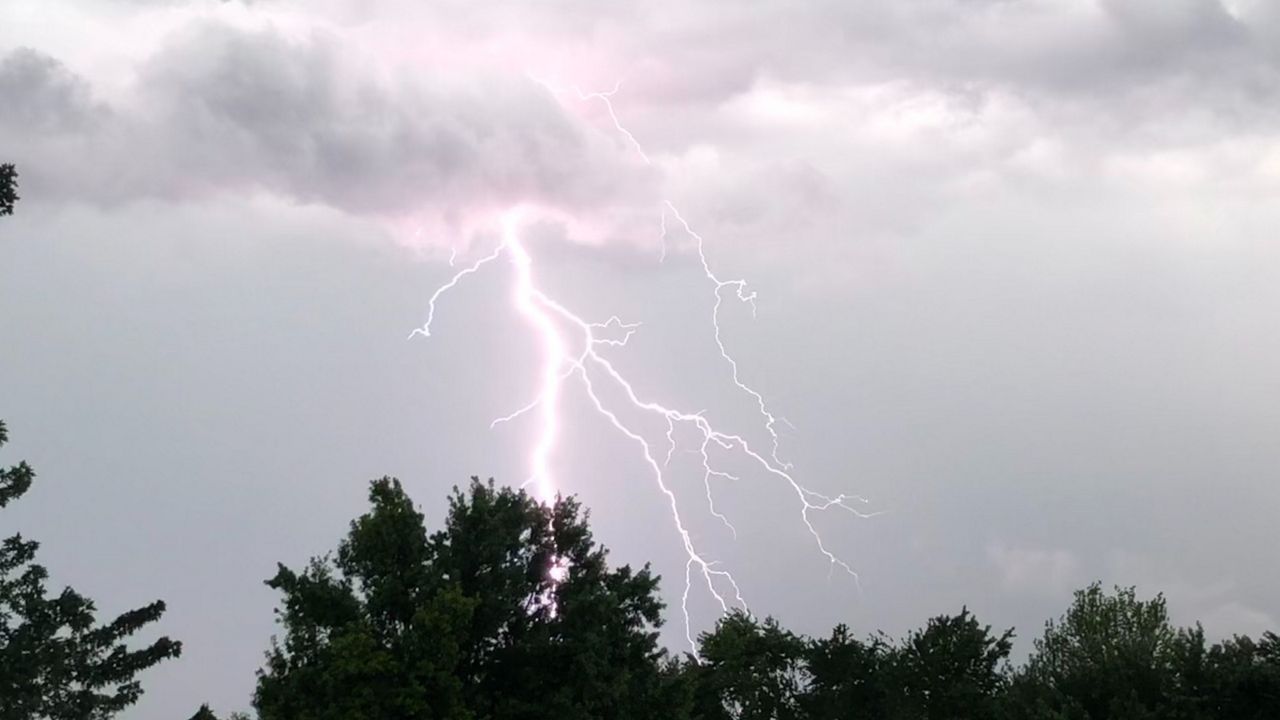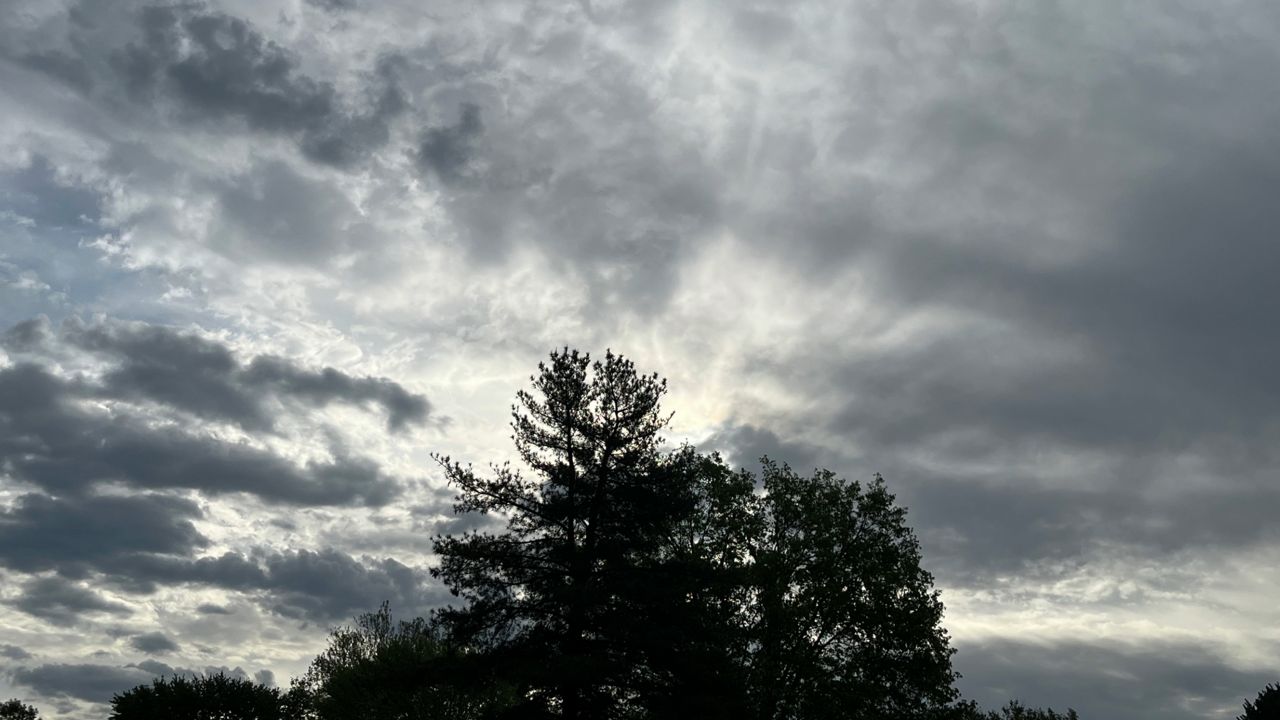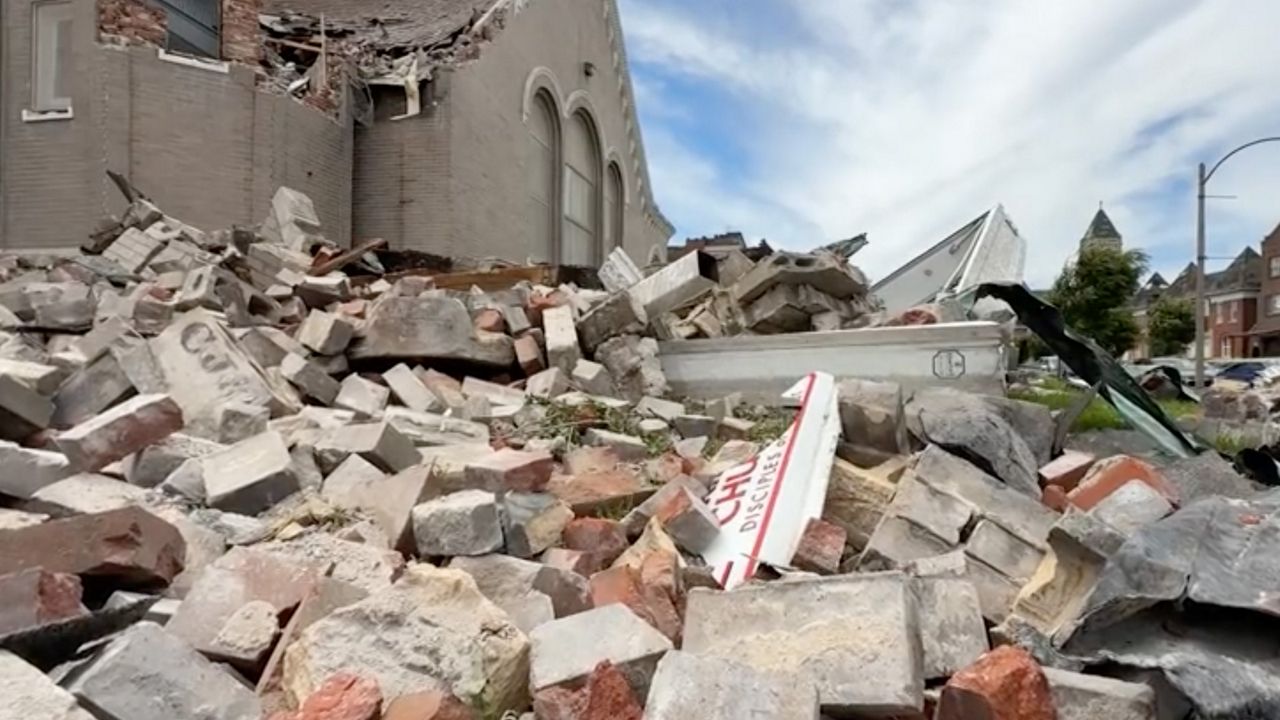With severe weather, having and executing a plan remains a top priority. Knowing the forecast and understanding the difference between weather terminology can help ease nerves when it’s time to put that plan into action.
When your weather app lets you know there’s an alert for your area, do you take notice? Severe thunderstorm watches or tornado watches are not issued by local National Weather Service (NWS) offices, rather the Storm Prediction Center (SPC) in Norman, Oklahoma.
The SPC's job is to forecast severe weather across the country. Aaron Gleason, a Forecaster at the Storm Prediction Center, explains. “We’re focused on tornadoes, large hail and damaging winds. From now until 8 days from now.”
Adding, “We get our information from a ton of different sources. We’re looking at satellite data, radar, model data and anything we can get our hands on to try to forecast severe weather before it occurs.”
Based on this information, they provide a probabilistic guidance of severe weather. “What are the chances that’s there going to be severe weather in a specific area on any given day?” Gleason explains.
And that area might be the greater St. Louis metro. “As those odds go up, we try to raise the risk levels and awareness so that people are prepared for that severe weather.”
They do this by creating a graphic with levels of severity from one to five, with five being the greatest risk of severe weather. “Our job is to try and provide as much heads up as we can, he says.”
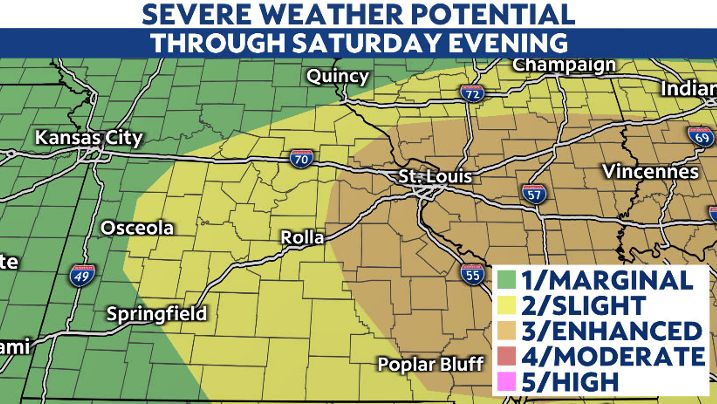
One way they do that is by issuing a severe thunderstorm or tornado watch. However, do not confuse a watch with a warning.
A watch means, “Conditions are favorable for the development of severe weather, whether that be tornadoes, large hail or damaging winds.” That does not, however, mean that severe weather is actively occurring.
He clarifies, “A watch may be issued for one up to maybe 8 hours ahead of the event, to say heads up, watch out, storms may be coming, and you want to pay attention to the weather.”
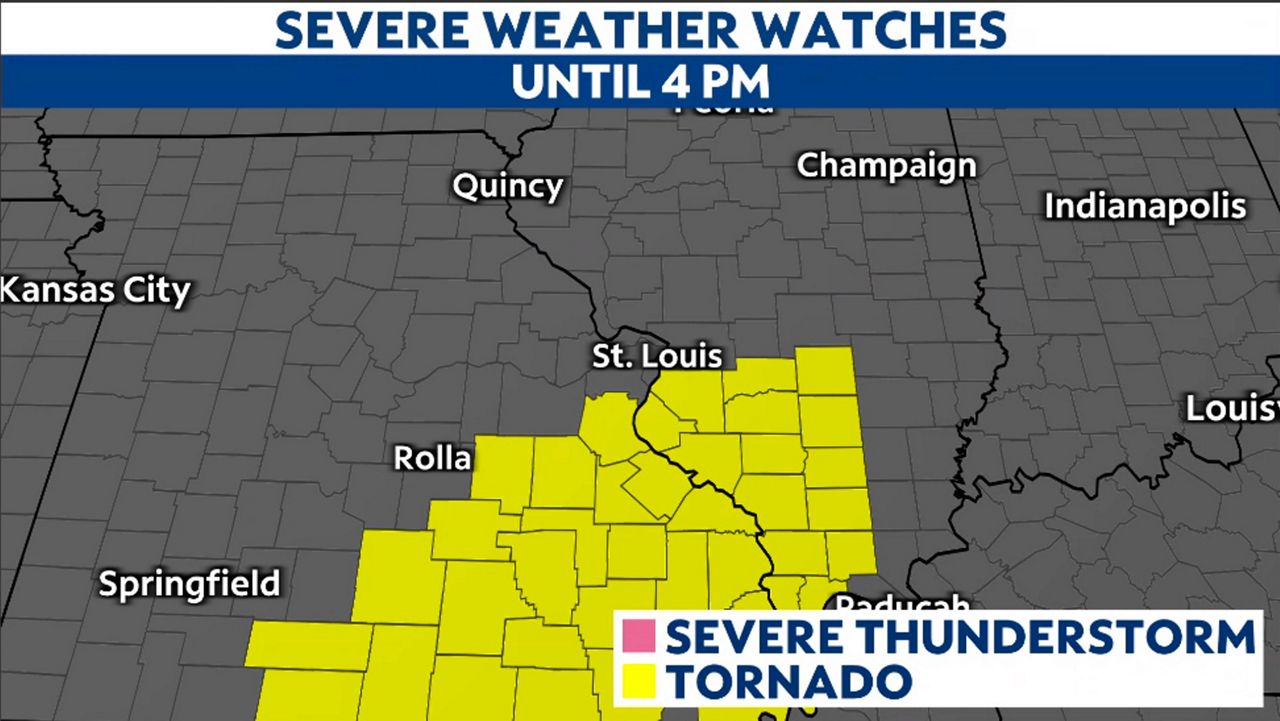
A warning means that severe weather is actively occurring. The SPC does not issue warnings. “The warnings are issued by your local National Weather Service office, in this case, it is St. Louis to provide you with expertise on the local scale.”
With severe weather, Gleason stresses, “It’s a great idea to have more than one way to get weather information.”
Our team of meteorologists dives deep into the science of weather and breaks down timely weather data and information. To view more weather and climate stories, check out our weather blogs section.




